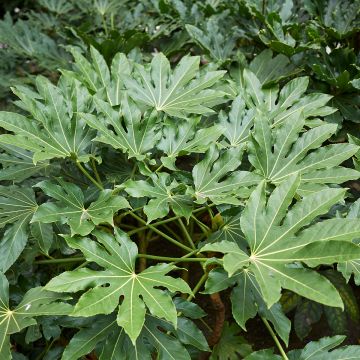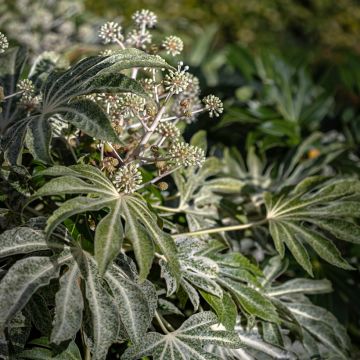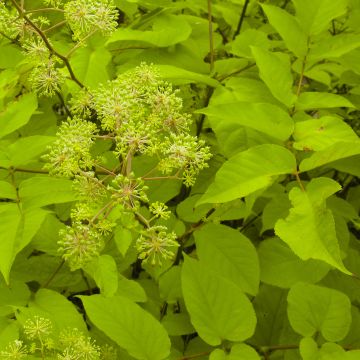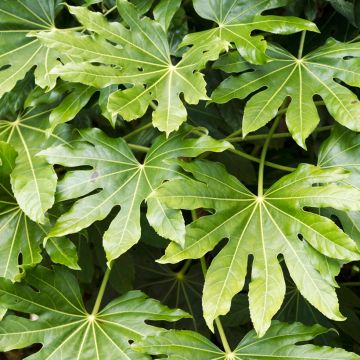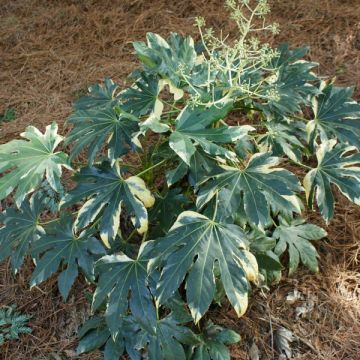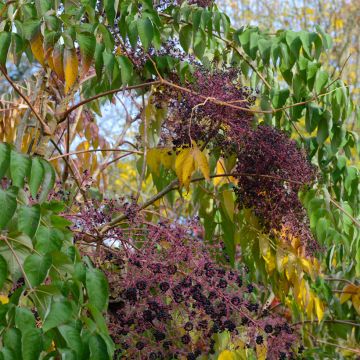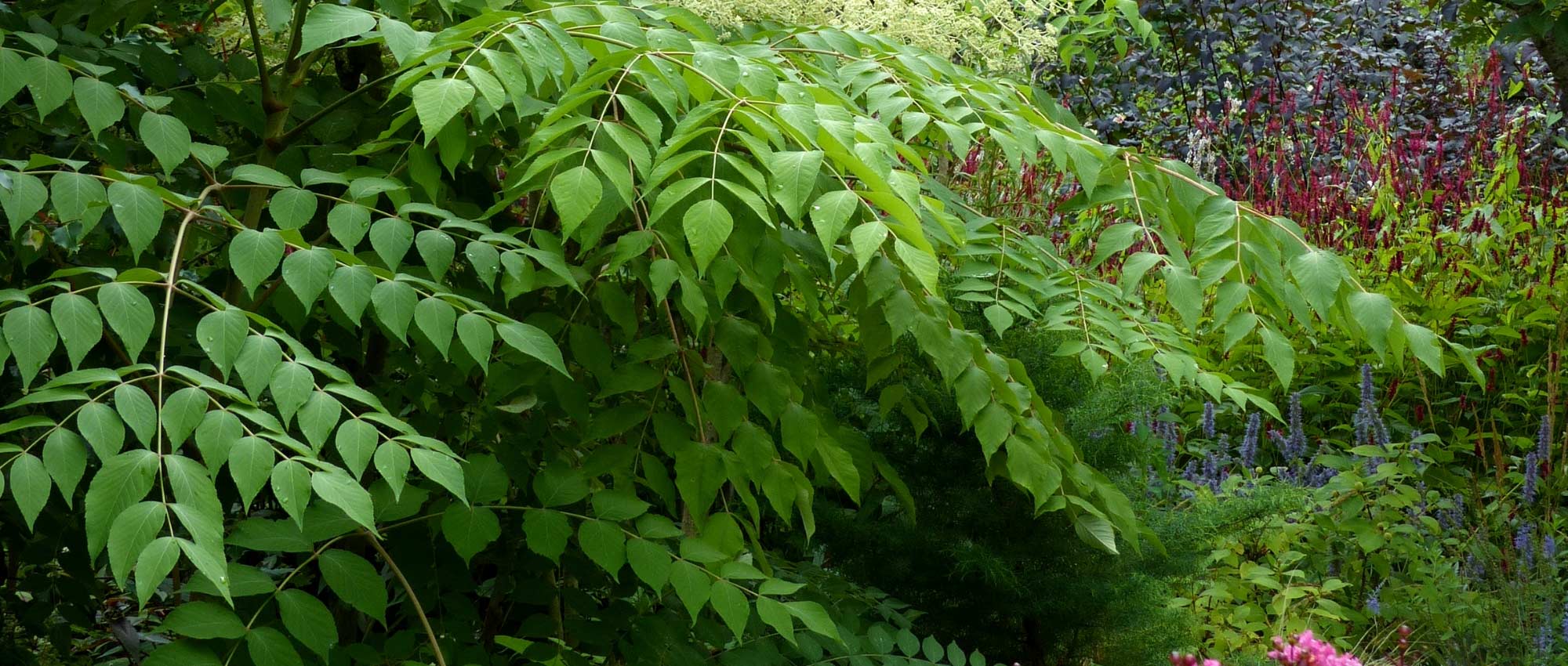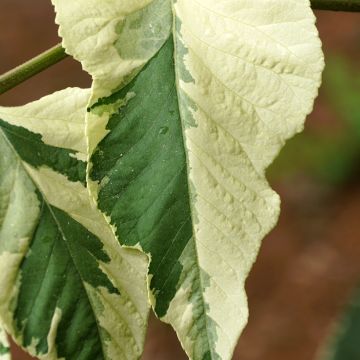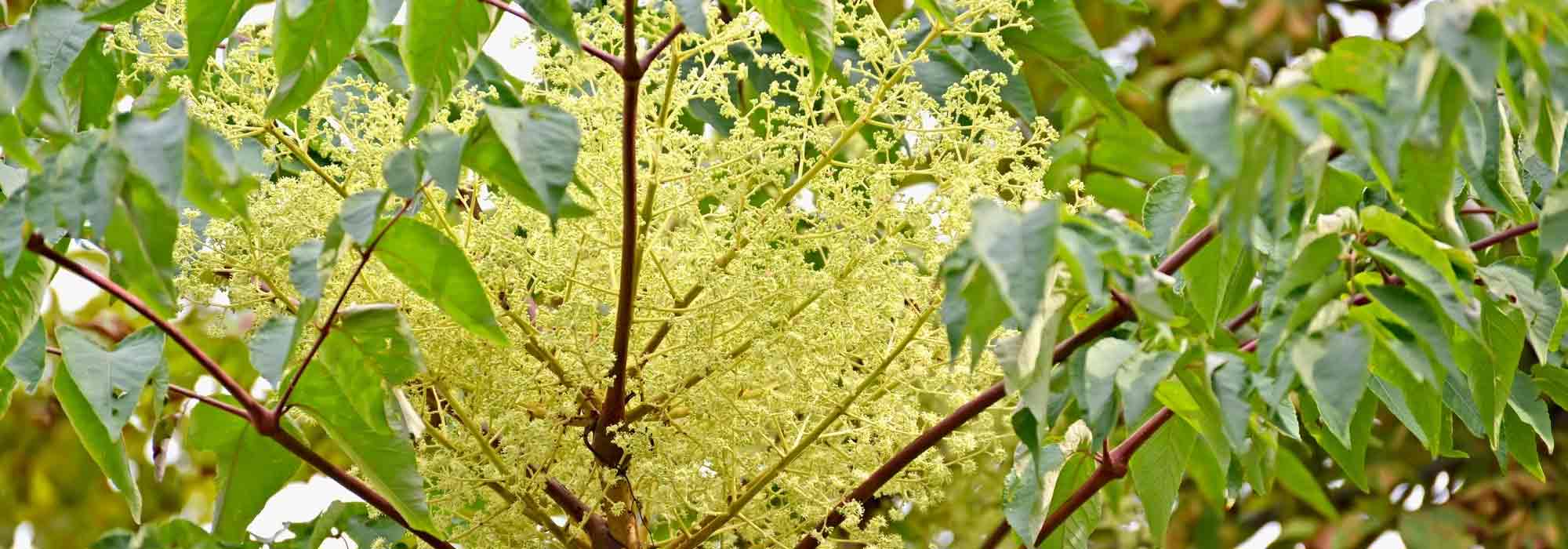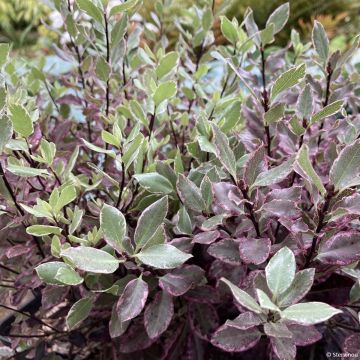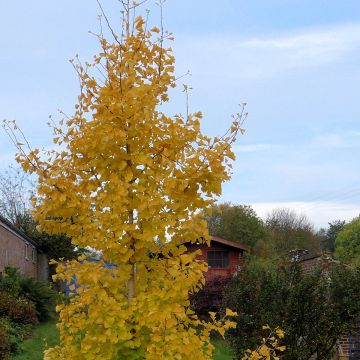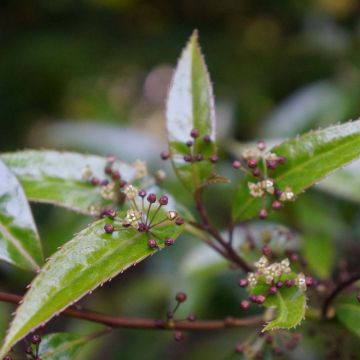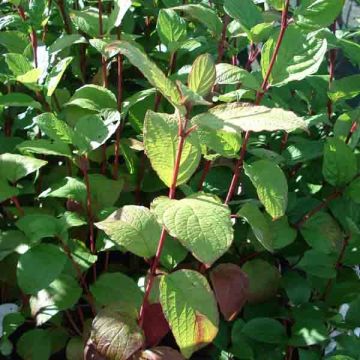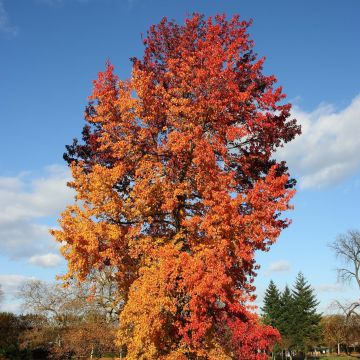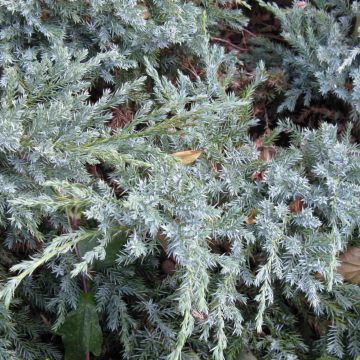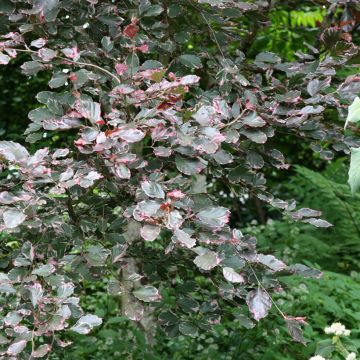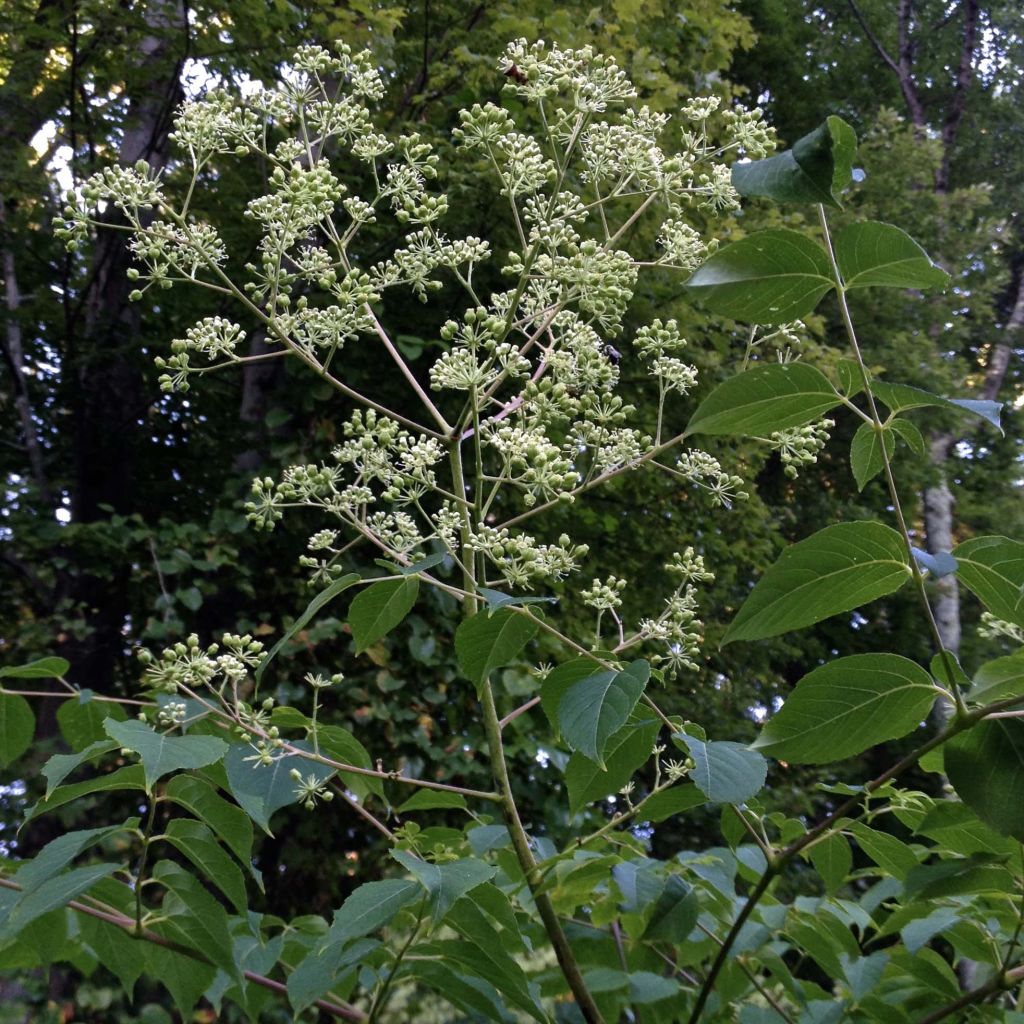

Aralia spinosa
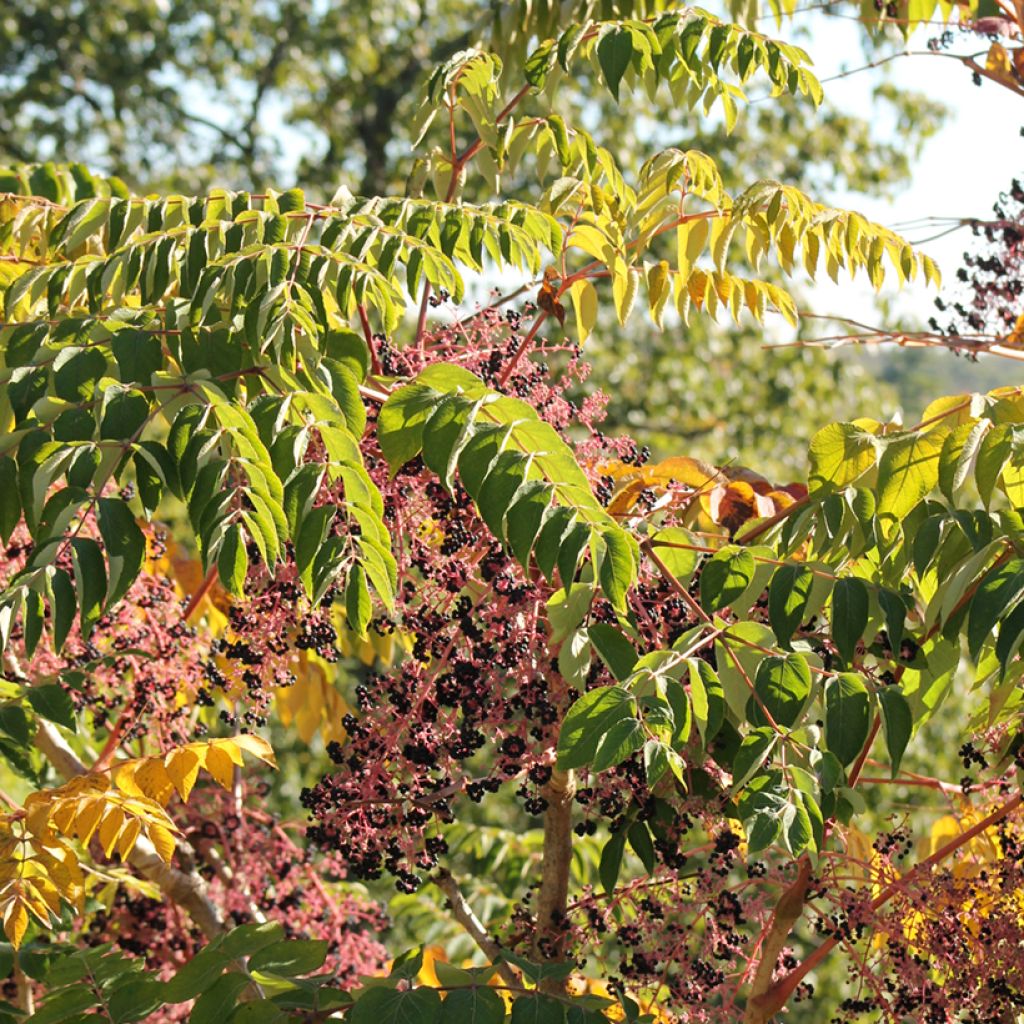

Aralia spinosa
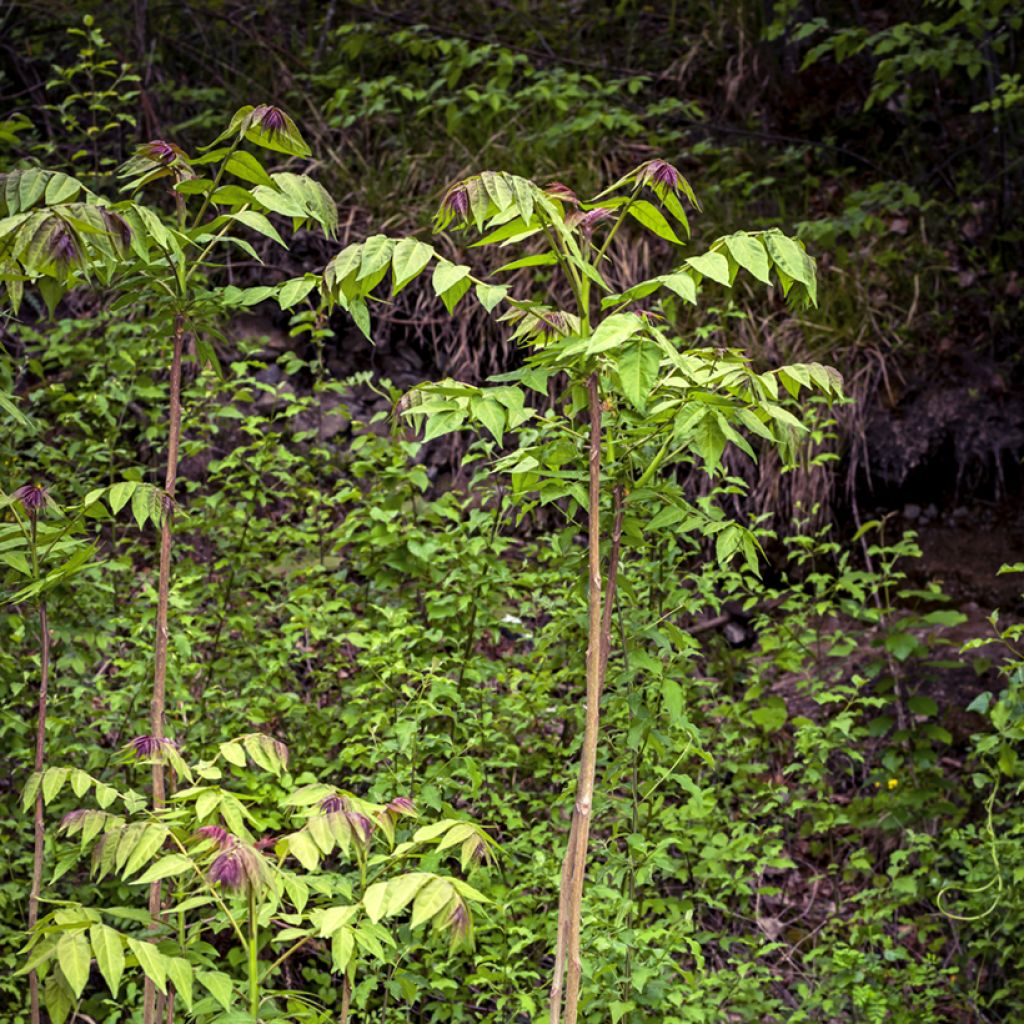

Aralia spinosa
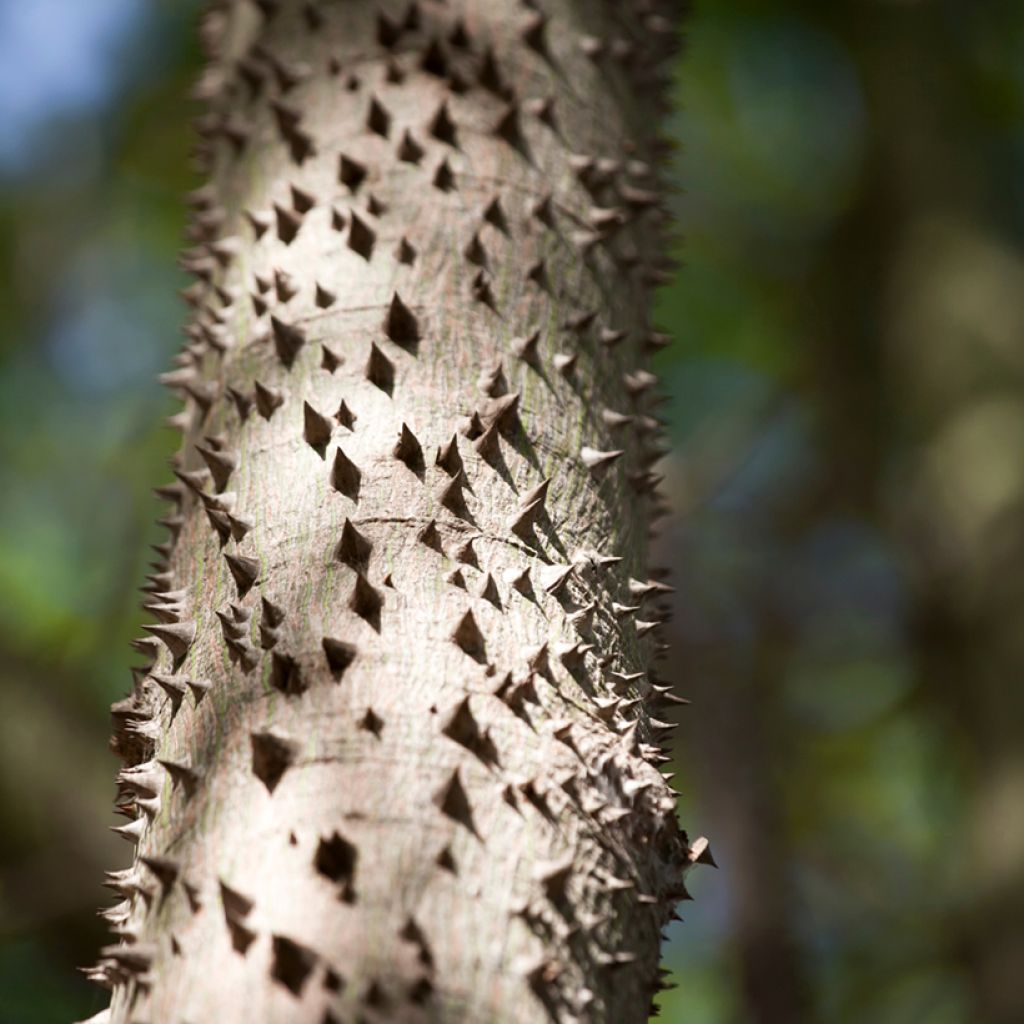

Aralia spinosa
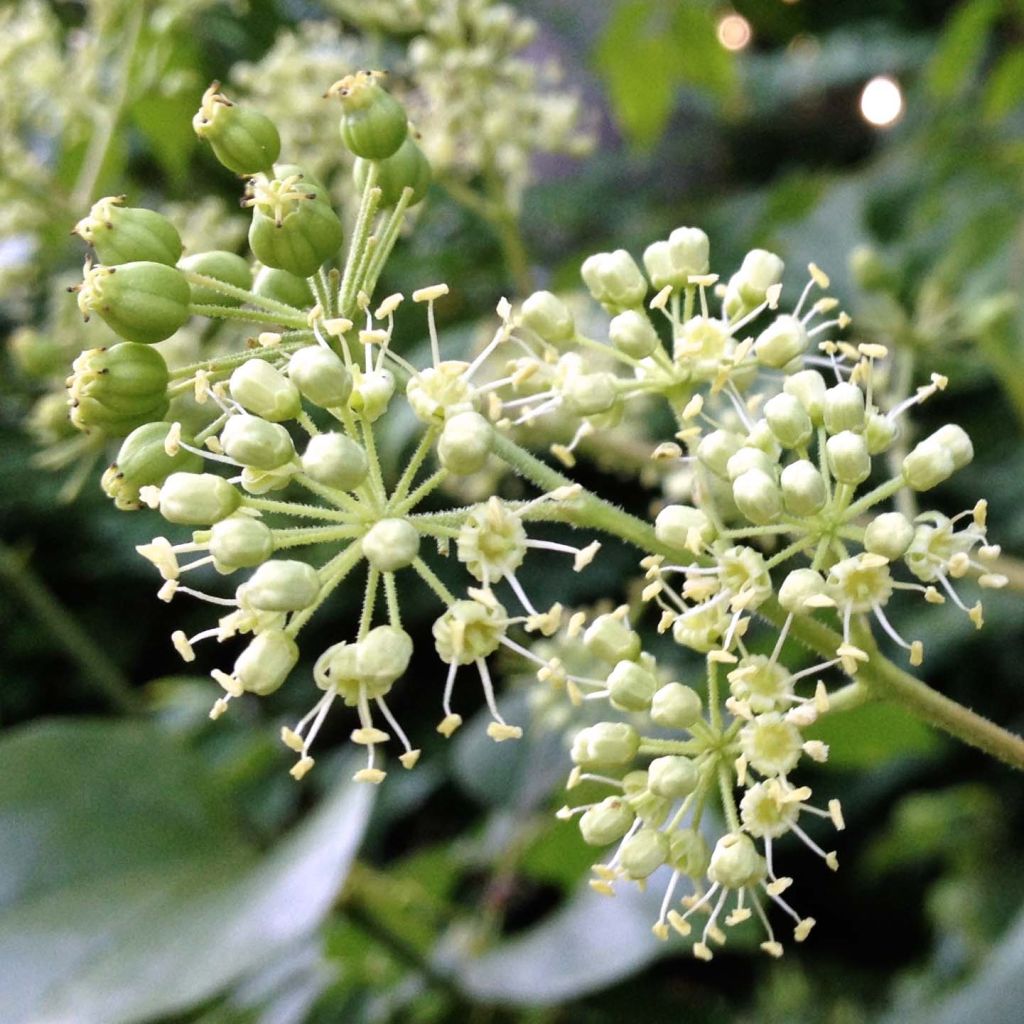

Aralia spinosa
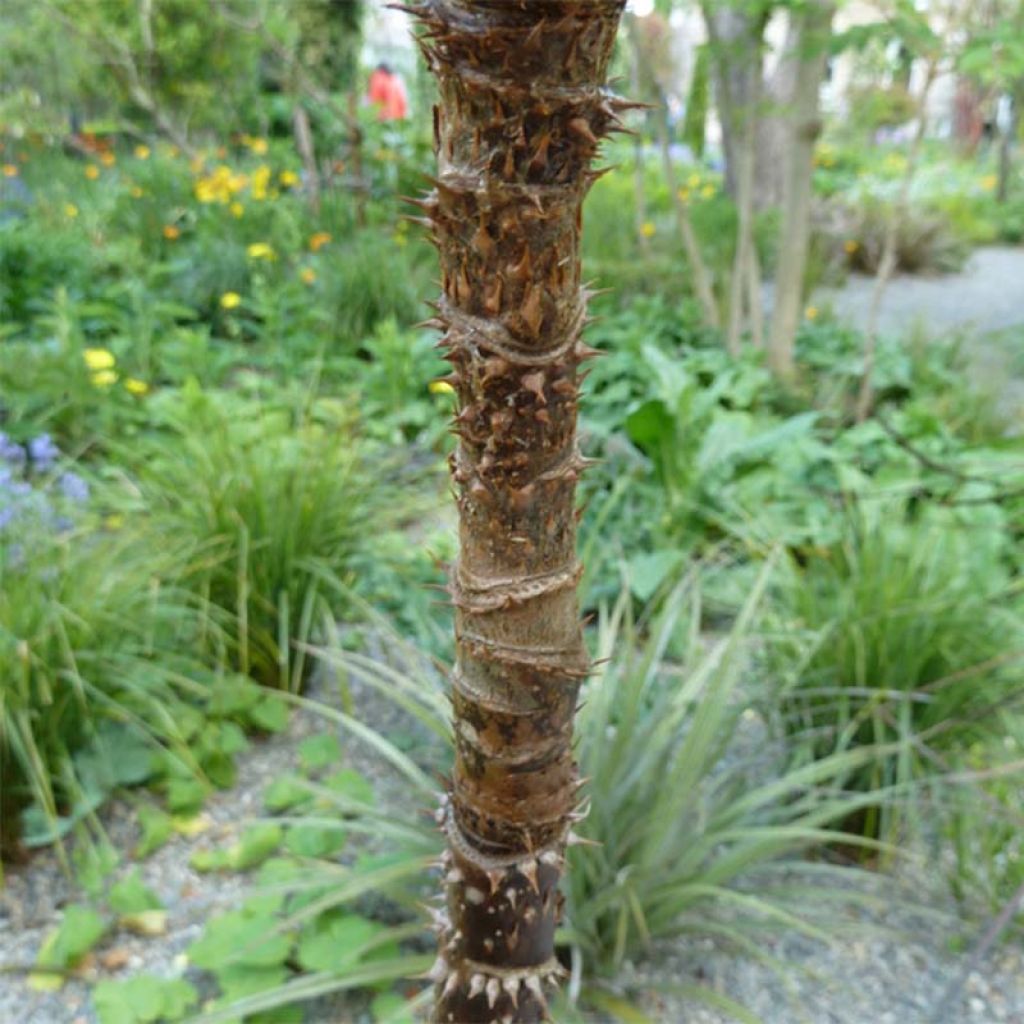

Aralia spinosa
Aralia spinosa
Aralia spinosa
Devil's Walking Stick, Hercules' Club, Prickly Ash, Angelica Tree, Spiny angelica
Special offer!
Receive a €20 voucher for any order over €90 (excluding delivery costs, credit notes, and plastic-free options)!
1- Add your favorite plants to your cart.
2- Once you have reached €90, confirm your order (you can even choose the delivery date!).
3- As soon as your order is shipped, you will receive an email containing your voucher code, valid for 3 months (90 days).
Your voucher is unique and can only be used once, for any order with a minimum value of €20, excluding delivery costs.
Can be combined with other current offers, non-divisible and non-refundable.
Why not try an alternative variety in stock?
View all →This plant carries a 24 months recovery warranty
More information
We guarantee the quality of our plants for a full growing cycle, and will replace at our expense any plant that fails to recover under normal climatic and planting conditions.
Does this plant fit my garden?
Set up your Plantfit profile →
Description
Aralia spinosa is an American cousin of the Aralia elata, from which it is very difficult to distinguish. It is also known as Spiny Angelica, due to the thorns that are present on almost every part of the plant, especially on the trunk when it is young. It is mainly a sensational, vigorous, erect, and bushy shrub, bearing very high up, on multiple trunks, large umbrellas made of immense deeply cut leaves. In summer, the bush buzzes with bees under large cream-white panicles. As soon as the first cold weather arrives, it takes on sumptuous yellow, bronze, and red hues, mixed with clusters of black fruits on pink petioles. Aralia is a true festival of colours for the late season, bursting open like a grand finale in the garden.
The Spiny Angelica belongs to the Araliaceae family. It is native to the eastern United States, from New York to Florida and Texas. This forest edge plant prefers deep and moist soils, but adapts quite easily to less favourable conditions such as rocky pastures. It is a spreading and flaring shrub, reaching an average height of 6 m (19 in 8 ft), and up to 9 m (29 in 6 ft) in certain regions; its spread will exceed 5 m (16 in 5 ft) once mature. Its growth is more or less rapid depending on the growing conditions. Young plants grow on a single, greyish trunk covered with thorns resembling those of roses. Mature plants often have several almost thornless trunks, arising from the readily suckering stump of this plant. Each trunk only bears leaves at the top, but with age more and more lateral branches appear. Sharp thorns are found on the branches as well as on the leaf petioles. The deciduous foliage takes on beautiful colours in autumn. The immense leaves, wide, dark green on the top, paler on the underside, are compound with numerous leaflets. They can sometimes reach 1 m (3 in 4 ft) in length. The flowers appear in summer, from June to August depending on the climate, and last for several weeks. Very small, lemon-scented, they are grouped in large erect panicles measuring 30 to 60 cm (11.8 - 23.6 in), arising above the foliage. Small black fruits then appear, highly sought after by birds. Aralia spinosa, decidedly similar to Aralia elata, tends to multiply by suckering and forming clumps, which has earned it the nickname of walking tree.
It is a beautiful and perfectly hardy bush that only fears excessively dry soil and dense shade. Its decorative foliage should be protected from strong winds to preserve its beauty. Once established, it is superb as a standalone plant on a lawn or in a group to form a cluster. It is interesting when combined with trees and shrubs that, like itself, appreciate moist to wet soils, such as alder buckthorn, rosemary-leaved willow, or guelder rose. In a more exotic setting, associate it with beautiful Asian plants such as the caramel tree, Japanese maple, Fatsia, or Arisaema. Maples and sumacs, often magnificent at the end of the season, are also beautiful companions for this tree-like angelica. The only precaution to take is to keep young children away from its sharp thorns.
Aralia spinosa is a pioneer species in nature: this plant often disappears as the forest develops around it. In our gardens, it requires a lot of light to thrive.
Aralia spinosa in pictures
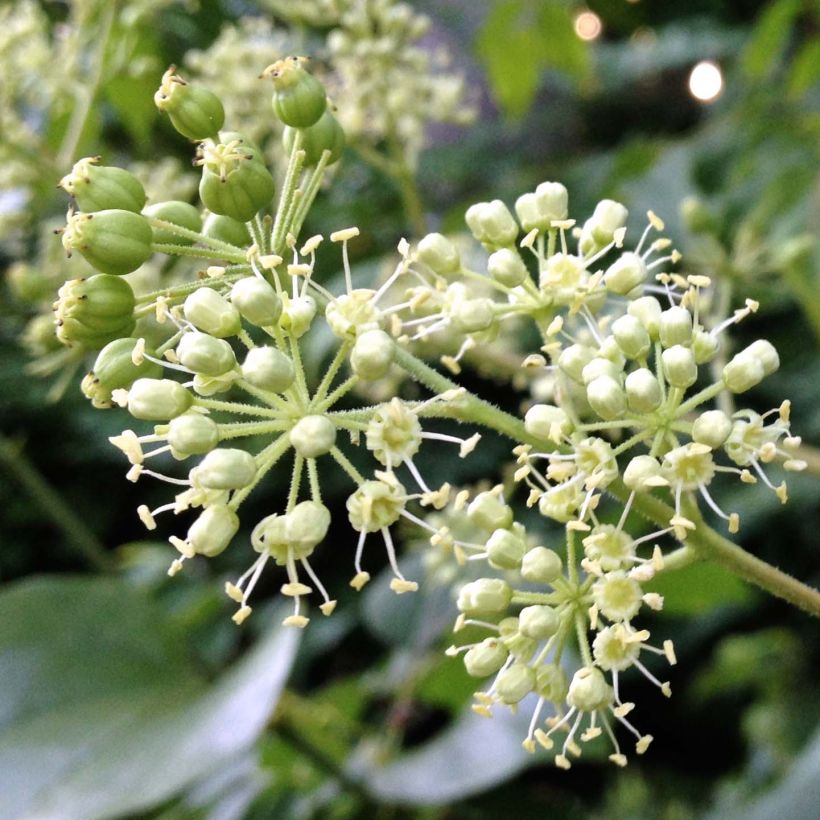

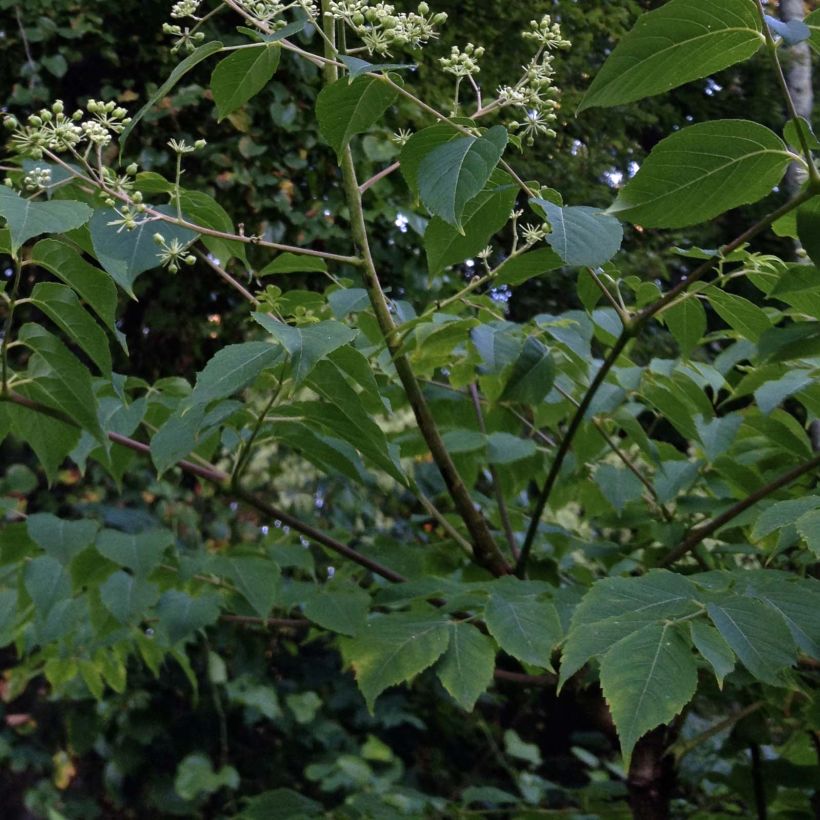

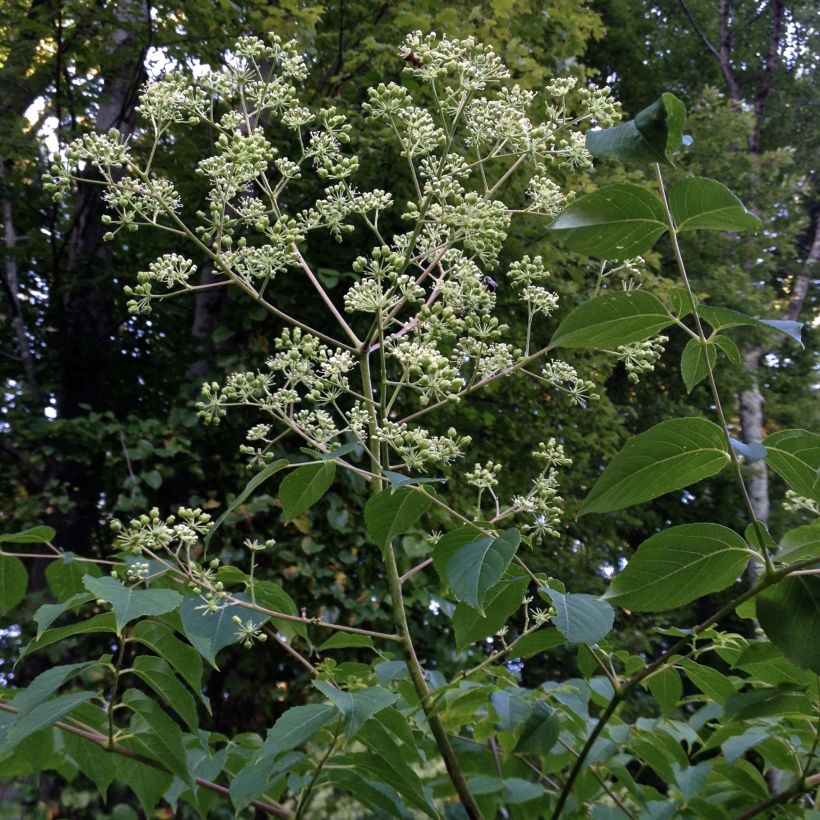

Plant habit
Flowering
Foliage
Botanical data
Aralia
spinosa
Araliaceae
Devil's Walking Stick, Hercules' Club, Prickly Ash, Angelica Tree, Spiny angelica
North America
Other Aralia
View all →Planting and care
Aralia spinosa is a small tree that is very adaptable regarding soil type. However it does prefer soils that remain moist or even damp. It appreciates a sunny, very bright, or partially shaded site. Dense shade is not suitable for it. Care must be taken to install it sheltered from strong or drying winds to spare its ornamental foliage. This tree-like angelica thrives in cool to moist, fertile, neutral to slightly acidic and slightly chalky soil, but it seems that poor soils produce hardier subjects with greater longevity. This small tree tends to produce shoots without being invasive. Simply remove the small shoots as soon as they appear.
Planting period
Intended location
Care
Planting & care advice
This item has not been reviewed yet - be the first to leave a review about it.
Similar products
Haven't found what you were looking for?
Hardiness is the lowest winter temperature a plant can endure without suffering serious damage or even dying. However, hardiness is affected by location (a sheltered area, such as a patio), protection (winter cover) and soil type (hardiness is improved by well-drained soil).

Photo Sharing Terms & Conditions
In order to encourage gardeners to interact and share their experiences, Promesse de fleurs offers various media enabling content to be uploaded onto its Site - in particular via the ‘Photo sharing’ module.
The User agrees to refrain from:
- Posting any content that is illegal, prejudicial, insulting, racist, inciteful to hatred, revisionist, contrary to public decency, that infringes on privacy or on the privacy rights of third parties, in particular the publicity rights of persons and goods, intellectual property rights, or the right to privacy.
- Submitting content on behalf of a third party;
- Impersonate the identity of a third party and/or publish any personal information about a third party;
In general, the User undertakes to refrain from any unethical behaviour.
All Content (in particular text, comments, files, images, photos, videos, creative works, etc.), which may be subject to property or intellectual property rights, image or other private rights, shall remain the property of the User, subject to the limited rights granted by the terms of the licence granted by Promesse de fleurs as stated below. Users are at liberty to publish or not to publish such Content on the Site, notably via the ‘Photo Sharing’ facility, and accept that this Content shall be made public and freely accessible, notably on the Internet.
Users further acknowledge, undertake to have ,and guarantee that they hold all necessary rights and permissions to publish such material on the Site, in particular with regard to the legislation in force pertaining to any privacy, property, intellectual property, image, or contractual rights, or rights of any other nature. By publishing such Content on the Site, Users acknowledge accepting full liability as publishers of the Content within the meaning of the law, and grant Promesse de fleurs, free of charge, an inclusive, worldwide licence for the said Content for the entire duration of its publication, including all reproduction, representation, up/downloading, displaying, performing, transmission, and storage rights.
Users also grant permission for their name to be linked to the Content and accept that this link may not always be made available.
By engaging in posting material, Users consent to their Content becoming automatically accessible on the Internet, in particular on other sites and/or blogs and/or web pages of the Promesse de fleurs site, including in particular social pages and the Promesse de fleurs catalogue.
Users may secure the removal of entrusted content free of charge by issuing a simple request via our contact form.
The flowering period indicated on our website applies to countries and regions located in USDA zone 8 (France, the United Kingdom, Ireland, the Netherlands, etc.)
It will vary according to where you live:
- In zones 9 to 10 (Italy, Spain, Greece, etc.), flowering will occur about 2 to 4 weeks earlier.
- In zones 6 to 7 (Germany, Poland, Slovenia, and lower mountainous regions), flowering will be delayed by 2 to 3 weeks.
- In zone 5 (Central Europe, Scandinavia), blooming will be delayed by 3 to 5 weeks.
In temperate climates, pruning of spring-flowering shrubs (forsythia, spireas, etc.) should be done just after flowering.
Pruning of summer-flowering shrubs (Indian Lilac, Perovskia, etc.) can be done in winter or spring.
In cold regions as well as with frost-sensitive plants, avoid pruning too early when severe frosts may still occur.
The planting period indicated on our website applies to countries and regions located in USDA zone 8 (France, United Kingdom, Ireland, Netherlands).
It will vary according to where you live:
- In Mediterranean zones (Marseille, Madrid, Milan, etc.), autumn and winter are the best planting periods.
- In continental zones (Strasbourg, Munich, Vienna, etc.), delay planting by 2 to 3 weeks in spring and bring it forward by 2 to 4 weeks in autumn.
- In mountainous regions (the Alps, Pyrenees, Carpathians, etc.), it is best to plant in late spring (May-June) or late summer (August-September).
The harvesting period indicated on our website applies to countries and regions in USDA zone 8 (France, England, Ireland, the Netherlands).
In colder areas (Scandinavia, Poland, Austria...) fruit and vegetable harvests are likely to be delayed by 3-4 weeks.
In warmer areas (Italy, Spain, Greece, etc.), harvesting will probably take place earlier, depending on weather conditions.
The sowing periods indicated on our website apply to countries and regions within USDA Zone 8 (France, UK, Ireland, Netherlands).
In colder areas (Scandinavia, Poland, Austria...), delay any outdoor sowing by 3-4 weeks, or sow under glass.
In warmer climes (Italy, Spain, Greece, etc.), bring outdoor sowing forward by a few weeks.






























